Volcanic eruption in Iceland 2022: how close is Fagradalsfjall volcano to Reykjavik - will it affect flights?
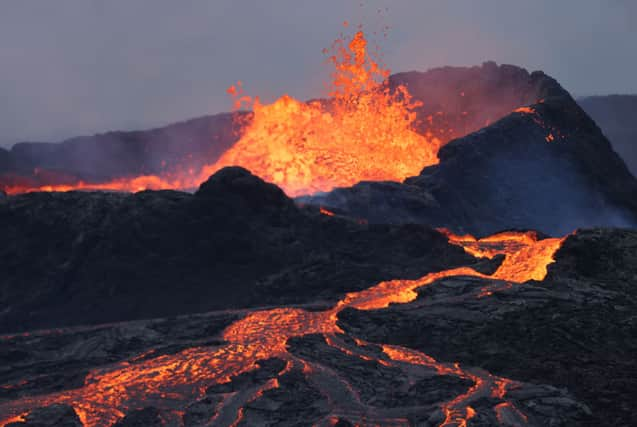

A volcano has erupted in Iceland near the capital Reykjavik, according to the Icelandic Meteorological Office.
The eruption took place near the Fagradalsfjall Mountain, 32km away from the capital and 37km from the Keflavik Airport.
It comes after days of small earthquakes in the area.
Advertisement
Hide AdAdvertisement
Hide AdThousands of tourists and locals have since made the hike to the site (about a five-hour round trip) to witness the spectacle of red-hot lava travelling through the valley of Meradalir.
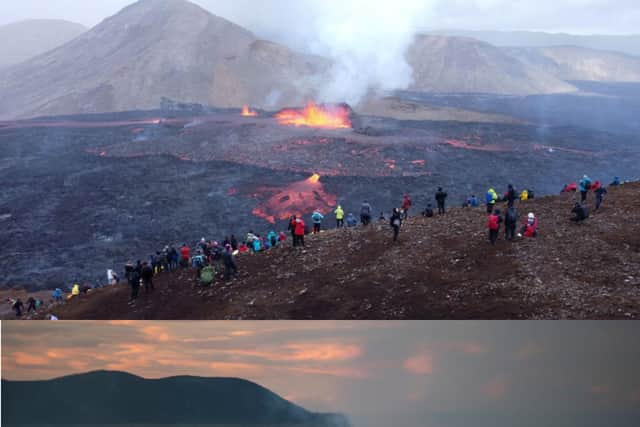

The trail to the eruption has now been temporarily closed so that crews can build a safer, more accessible path for visitors amid warnings about gas pollution.
The country’s airport remained open with no disruption to flights, but a code red has been declared to stop planes flying over the site.
When did the Fagradalsfjall volcano last erupt?
An eruption in the same area last year produced spectacular lava flows for several months.
Advertisement
Hide AdAdvertisement
Hide AdThis year’s is set to be even bigger, with the lava flowing from a new 300-metre fissure that opened up on the northeast side of the original craters.
According to the Met Office, there are around 30 volcanic systems in Iceland.
As the country is located above a volcanic hotspot in the North Atlantic, citizens tend to see an eruption every four to five years.
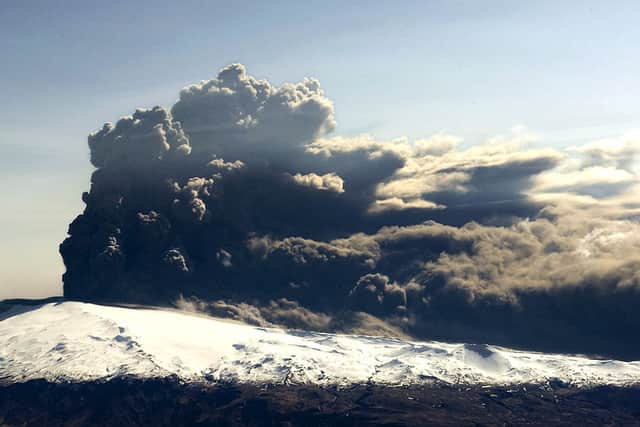

The most disruptive of these happened in 2010, when the Eyjafjallajokull Volcano caused a huge ash cloud.
Advertisement
Hide AdAdvertisement
Hide AdThis halted air travel in the area, and between Europe and North America, for several days over concerns that the ash would damage jet engines.
More than 100,000 flights were grounded and millions of passengers stranded.
This eruption is not expected to cause an ash cloud, but there is concern over the gas pollution it will cause - with children under the age of 12 now banned from visiting.
Why did the volcano erupt?
Volcanoes erupt when magma, which is formed when the earth’s mantle melts, rises to the surface.
Advertisement
Hide AdAdvertisement
Hide AdMelting may happen when tectonic plates pull apart or when one plate is pushed down under another.
In the case of the Fagradalsfjall Mountain volcano, this happened due to several earthquakes in the area.
Some environmental experts however have warned that climate change could lead to an increase in volcanic activity, but the potential impact is not yet fully understood.
Can I visit the eruption site?
Many tourists and locals visited the site in the early stages of the eruption, sharing photos and videos of the awe-inspiring lava and craters.
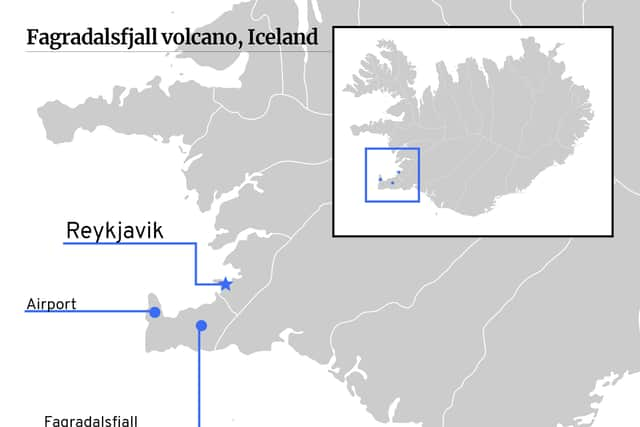

Advertisement
Hide AdAdvertisement
Hide AdStudent Noemi Löw, for example, told ITV News: “I’m a PhD student with the University of Iceland, and I just went to the lava flow and took a piece of lava out of the flow.
“And later, we’re going to analyse that in a lab to understand the chemical composition of the lava, because it can tell us something about the gas composition and the different components that are assembled by this lava.”
However, in the last few days, the Icelandic Meteorological Office has warned people to stay away from the erupting volcano, closing the trail to the site.
Children under the age of 12 have also been banned from visiting, as dangerous fumes are emitted by volcanos and children are particularly vulnerable to gas poisoning.
Advertisement
Hide AdAdvertisement
Hide AdSome people have continued to visit despite the warnings, and Icelandic authorities yesterday told news website Iceland Review of teams rescuing two primary school aged children who had hypothermia after attempting the hike with their parents.
If you want to visit the site when it reopens, it’s important to remember that being in the vicinity of an active volcano is of course never completely safe.
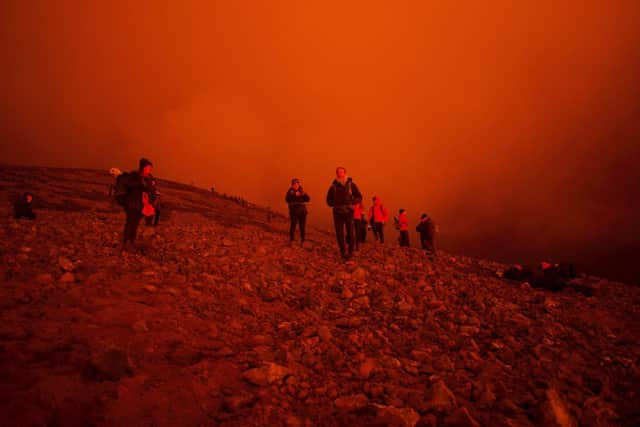

You should always follow the suggested trails and advice of emergency personnel.
Rescue teams have given the following suggestions:
- dress appropriately for the weather and wear sensible shoes
- bring water, food, a headlamp, and a fully charged phone
- leave your car in the car park, not on the side of the road
- do not under any circumstance walk on the lava
- avoid smokey areas to limit exposure to gas pollution
The walk is a minimum of seven kilometres one way, with an elevation of three hundred metres.
Advertisement
Hide AdAdvertisement
Hide AdThe best route to the eruption depends on the wind direction and the weather at any given time, so pay close attention to the recommendations from the crew.
You can watch a livestream of the volcano on AfarTV’s YouTube page, which monitors volcanic activity in Iceland.
Comment Guidelines
National World encourages reader discussion on our stories. User feedback, insights and back-and-forth exchanges add a rich layer of context to reporting. Please review our Community Guidelines before commenting.
